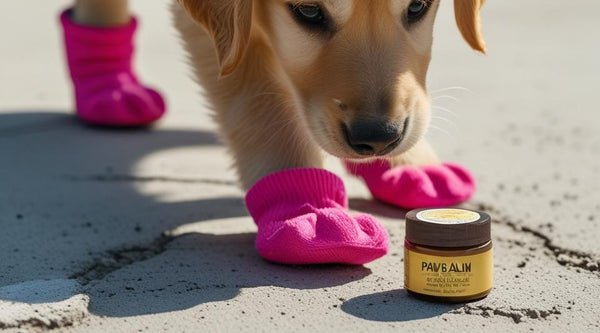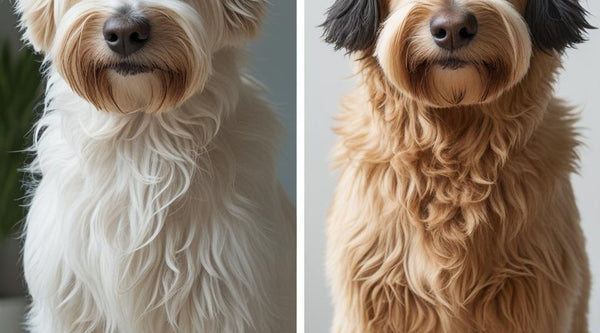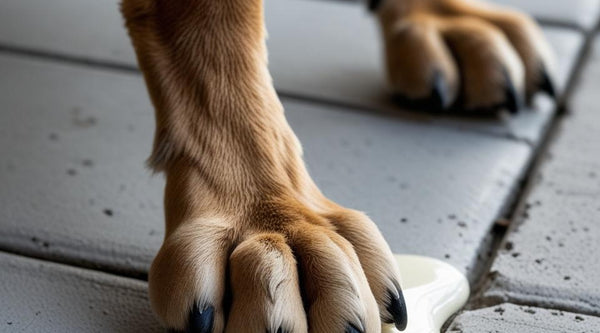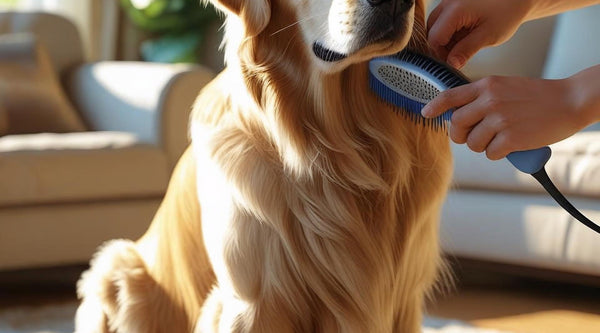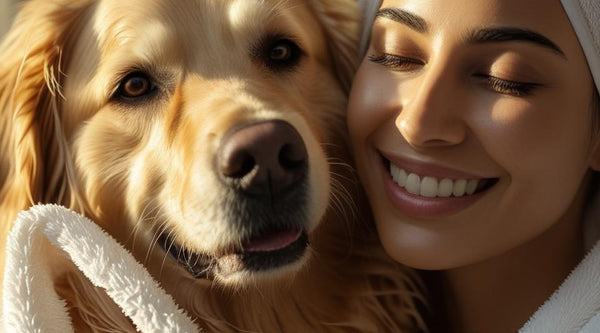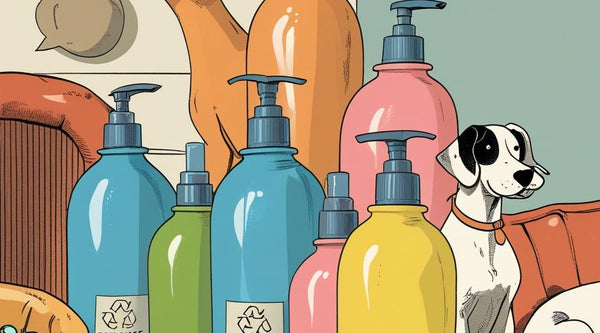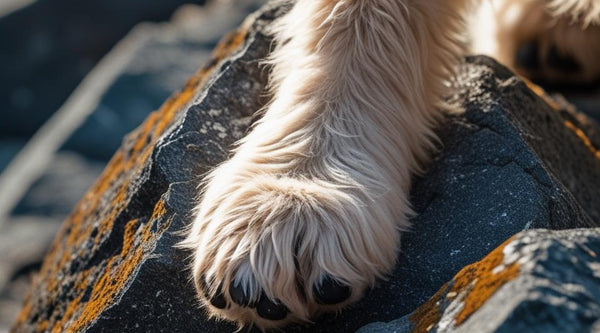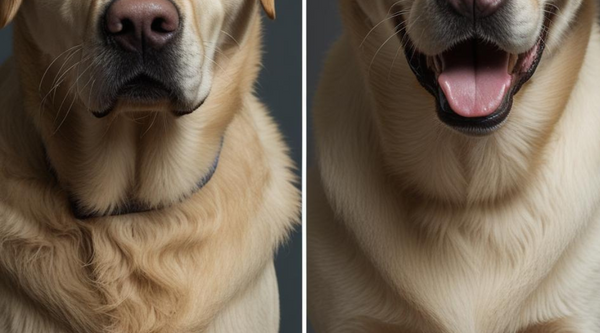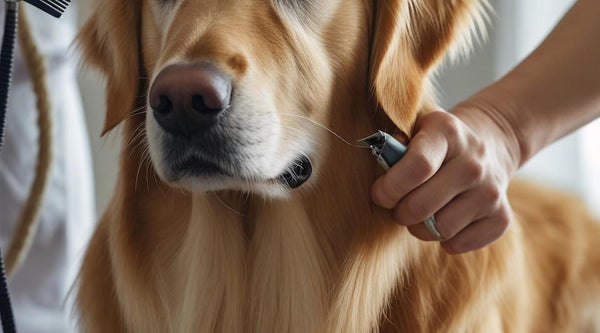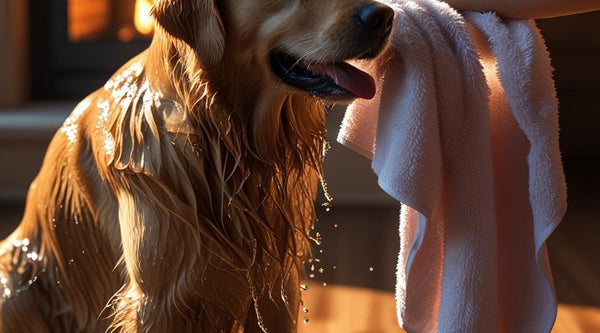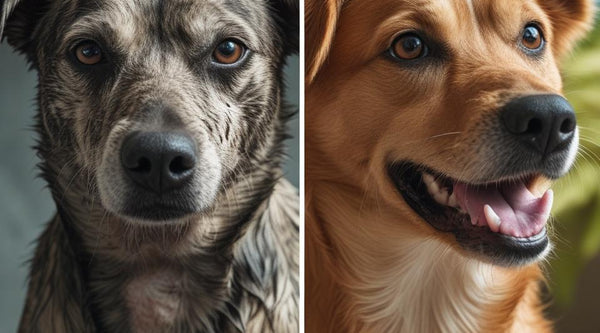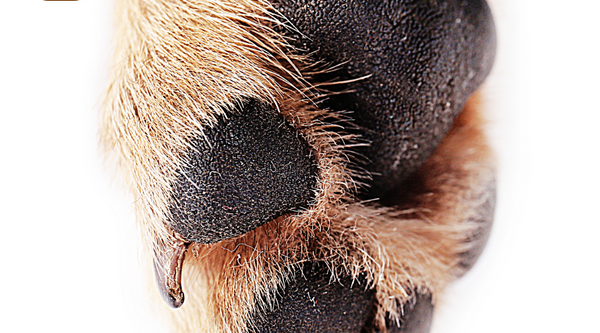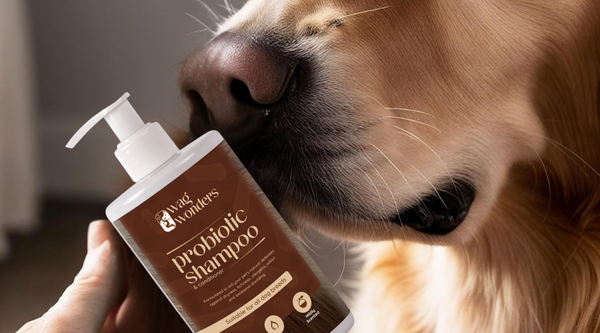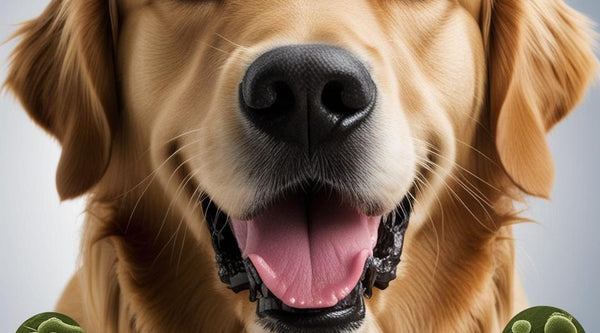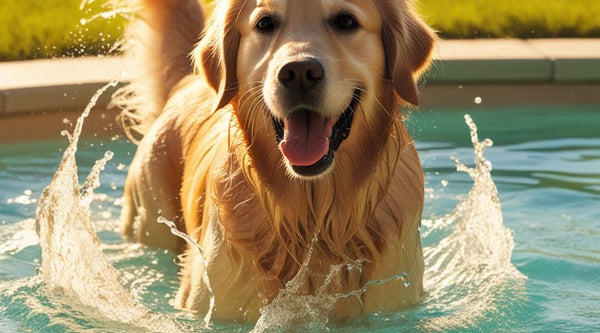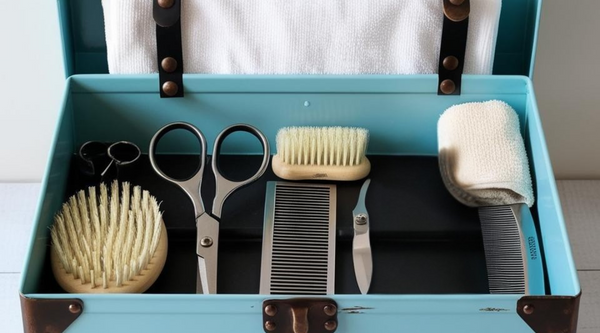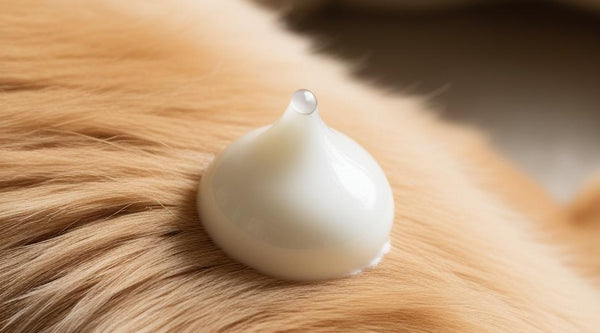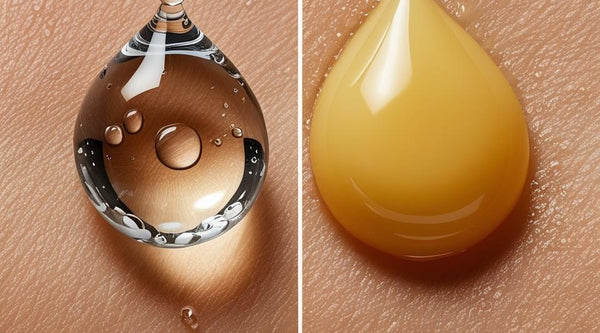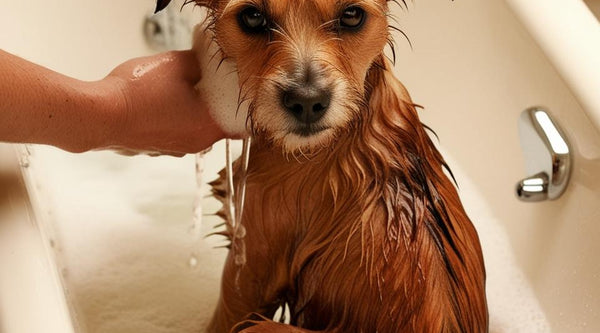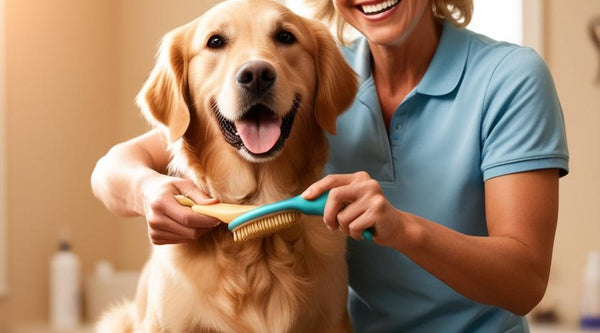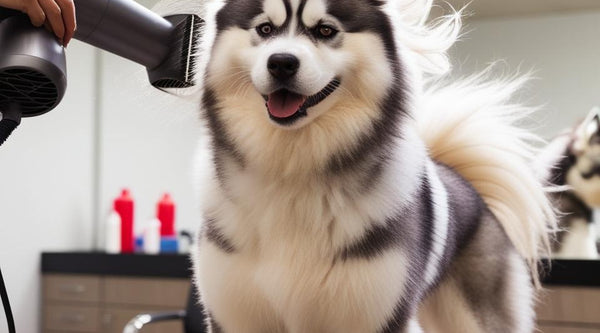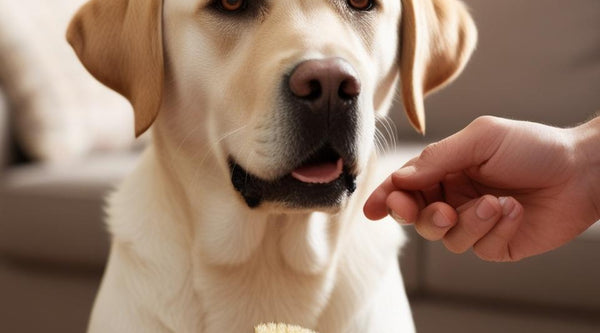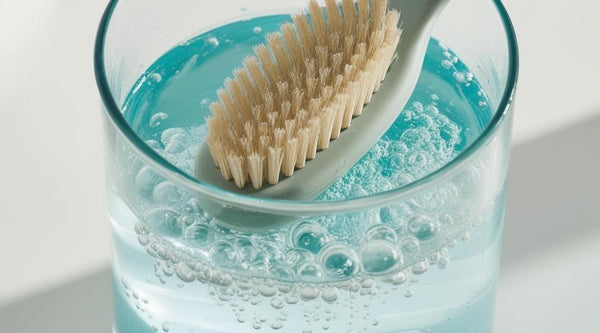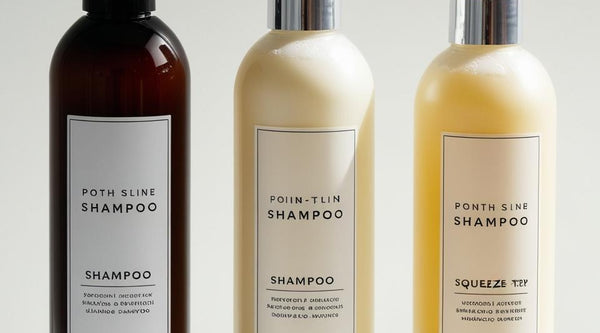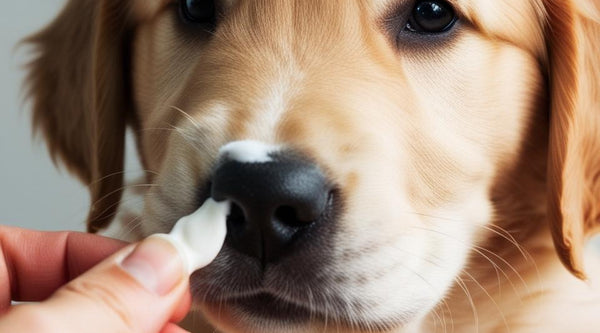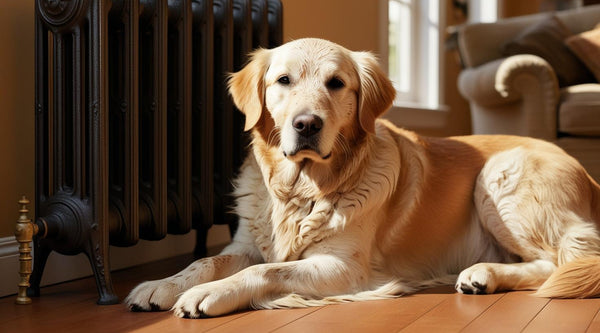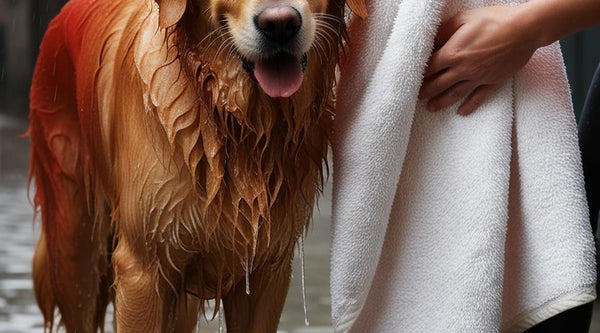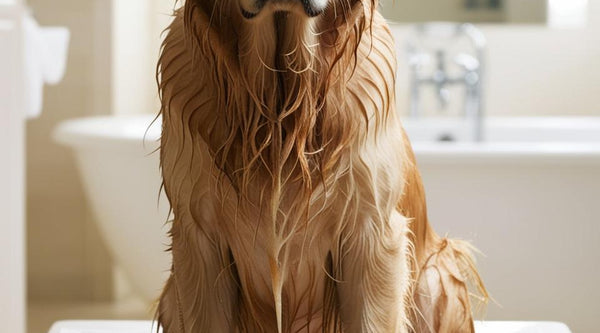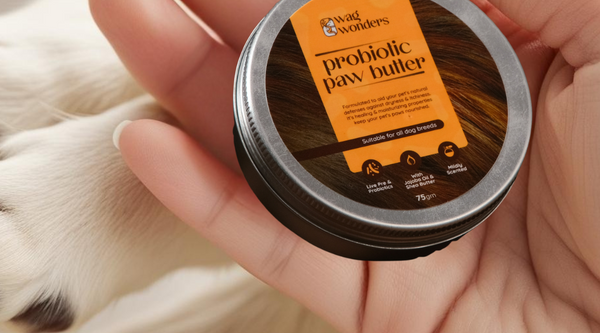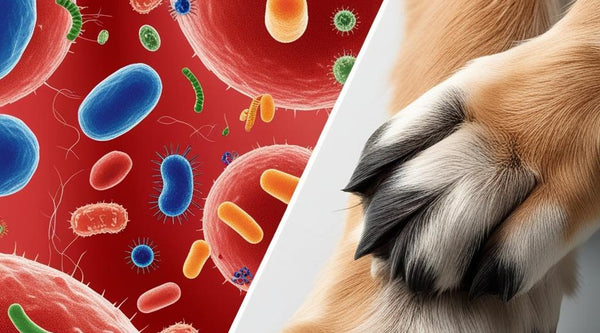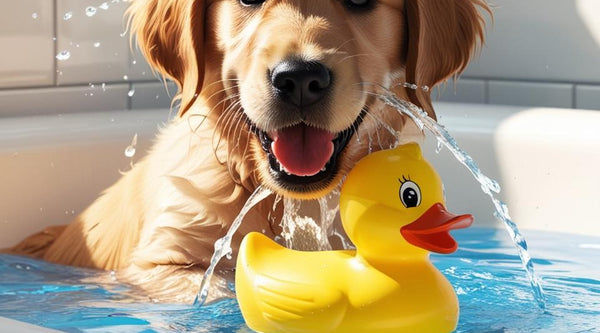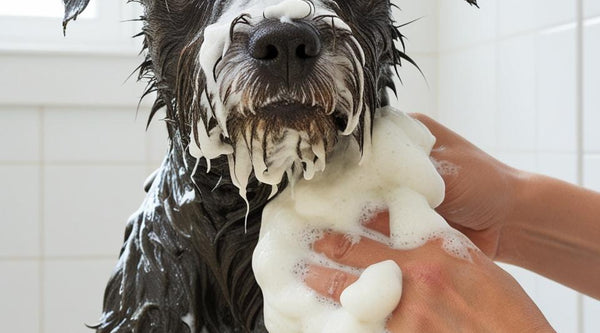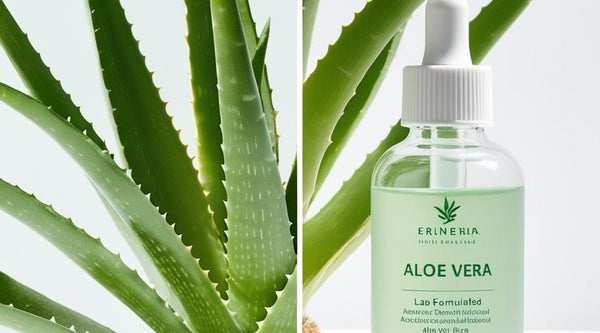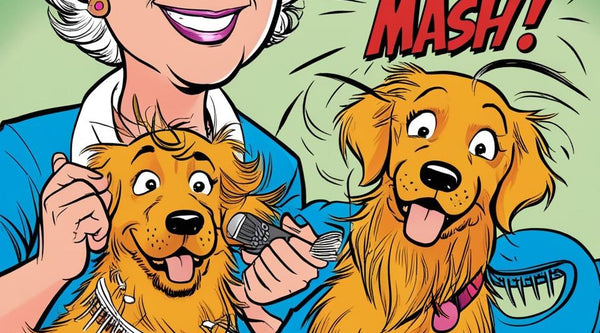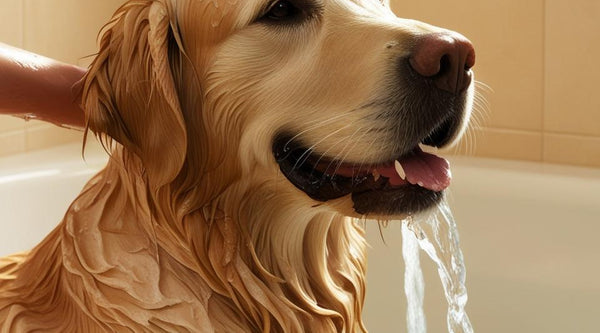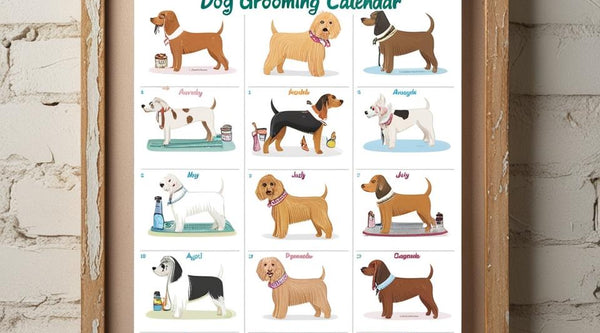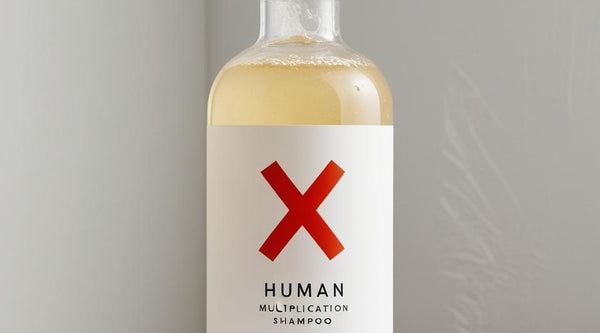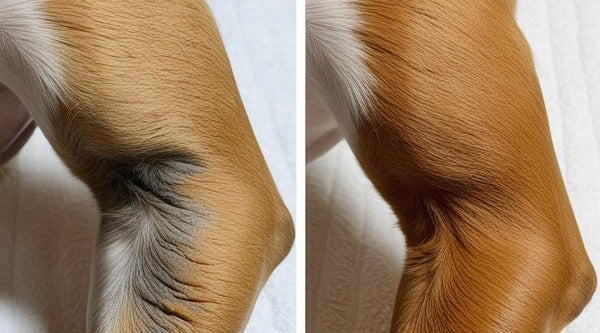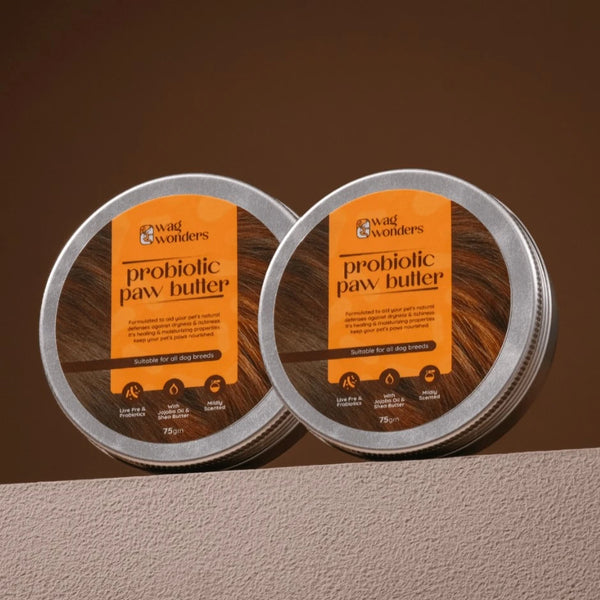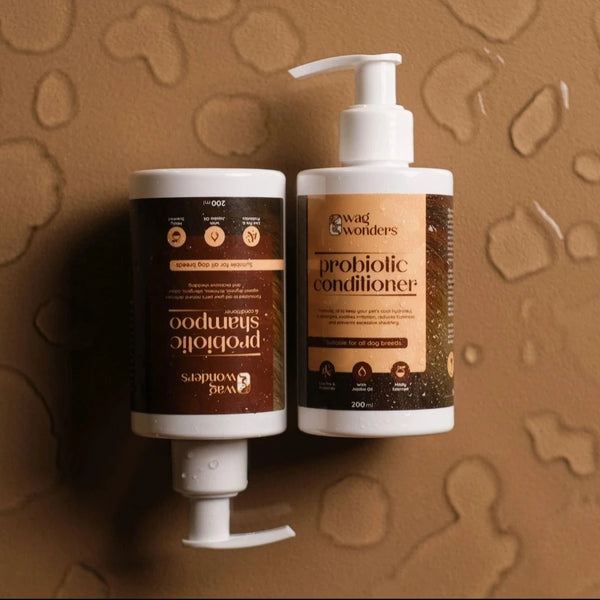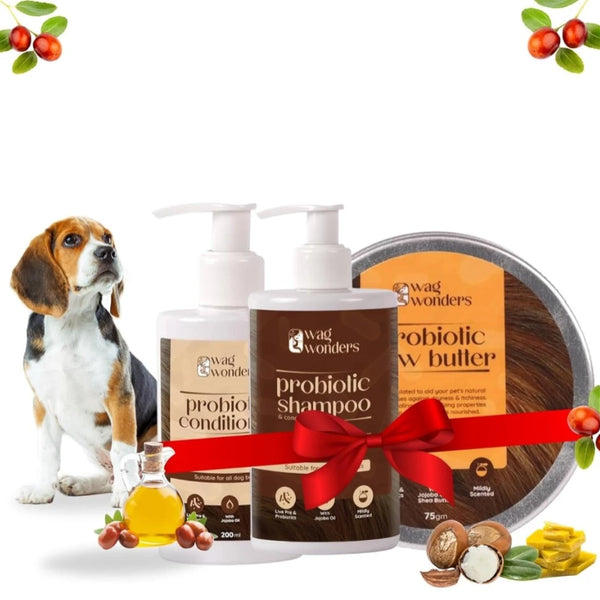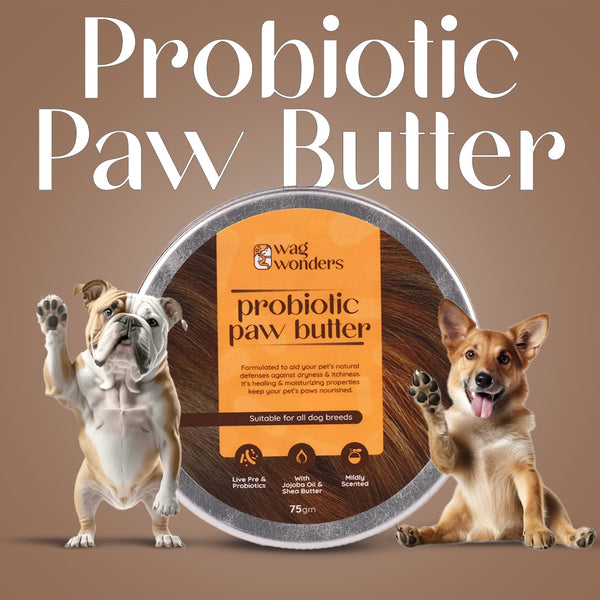The Difference Between Hydrating and Moisturizing Dog Products
When it comes to dog skincare, terms like hydrating and moisturizing are often used interchangeably—but they aren’t the same. Understanding the difference between hydrating and moisturizing dog products is key to choosing the right solution for your pup’s specific skin needs.
Let’s break it down and help you make more informed grooming decisions that support a healthy skin microbiome.
💧 Hydrating Dog Products: What They Do
Hydration is all about increasing the water content in the skin. Hydrating products typically contain humectants—ingredients that draw moisture into the skin from the environment or deeper skin layers.
What to look for in hydrating dog products:
-
Aloe vera
-
Glycerin
-
Hyaluronic acid (yes, it’s dog-safe in proper formulations)
These ingredients help plump the skin cells, soothe irritation, and reduce flakiness caused by dehydration.
Use hydrating products if your dog has:
-
Tight, flaky skin
-
Itchiness due to dry air (e.g., winter or indoor heating)
-
Dull, brittle coat lacking elasticity
🧴 Moisturizing Dog Products: What They Do
Moisturizing refers to sealing in hydration and reinforcing the skin barrier. Moisturizers typically contain emollientsand occlusives that form a protective layer over the skin to lock in moisture and prevent water loss.
Common moisturizing ingredients in dog grooming:
-
Jojoba oil
-
Shea butter
-
Coconut oil
-
Beeswax
Moisturizers are especially helpful when your dog’s skin barrier is damaged or compromised, which can lead to sensitivity, inflammation, and infection.
Use moisturizing products if your dog has:
-
Rough, cracked paws or elbows
-
Skin irritation from allergens or overwashing
-
Chronic dryness or redness
🧬 The Role of Prebiotics and Probiotics in Skin Hydration and Moisture Balance
Your dog’s skin microbiome—the community of beneficial bacteria on their skin—plays a huge role in retaining moisture and preventing irritation.
Using microbiome-friendly products with prebiotics (which feed good bacteria) and probiotics (live beneficial microbes) can:
-
Help balance the skin’s natural moisture barrier
-
Reduce itchiness and dry patches
-
Support healing from skin flare-ups or environmental damage
By combining hydrating AND moisturizing elements with microbiome support, you give your dog’s skin the tools it needs to thrive.
🐾 When Should You Use Each Type?
| Skin Issue | Use Hydrating | Use Moisturizing | Use Both |
|---|---|---|---|
| Dehydrated, flaky skin | ✅ | ❌ | ✅ |
| Rough, cracked paws | ❌ | ✅ | ✅ |
| Seasonal dryness | ✅ | ✅ | ✅ |
| After sun exposure | ✅ | ✅ | ✅ |
| Overgroomed skin | ✅ | ✅ | ✅ |
🐶 Wag Wonders Products That Do Both
Our line of prebiotic and probiotic grooming products is formulated to hydrate and moisturize simultaneously, while supporting your dog’s skin microbiome:
-
Dog Shampoo: Gently cleanses while restoring hydration with aloe and glycerin.
-
Leave-In Conditioner: Seals in moisture, detangles, and supports healthy coat shine.
-
Paw Butter: Rich in emollients like shea butter and coconut oil—perfect for moisturizing dry paws and elbows.
Final Thoughts
Understanding the difference between hydrating and moisturizing dog skin is essential for choosing the right grooming products. And when you add prebiotics and probiotics into the mix, you're not just treating symptoms—you’re supporting your dog’s long-term skin health from the microbiome up.
Next time your doggo has dry, itchy skin or rough paws, ask: Does it need hydration, moisture—or both?


